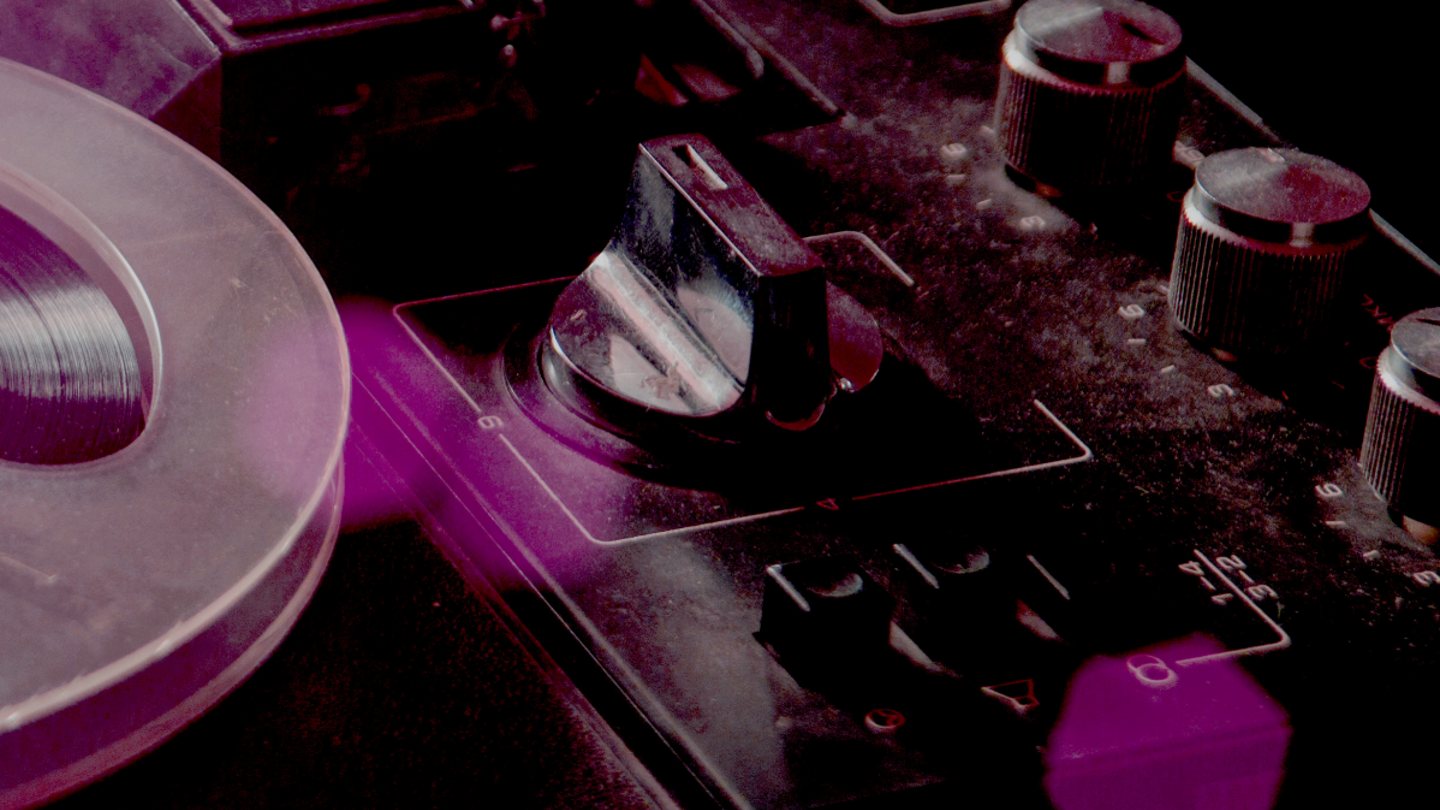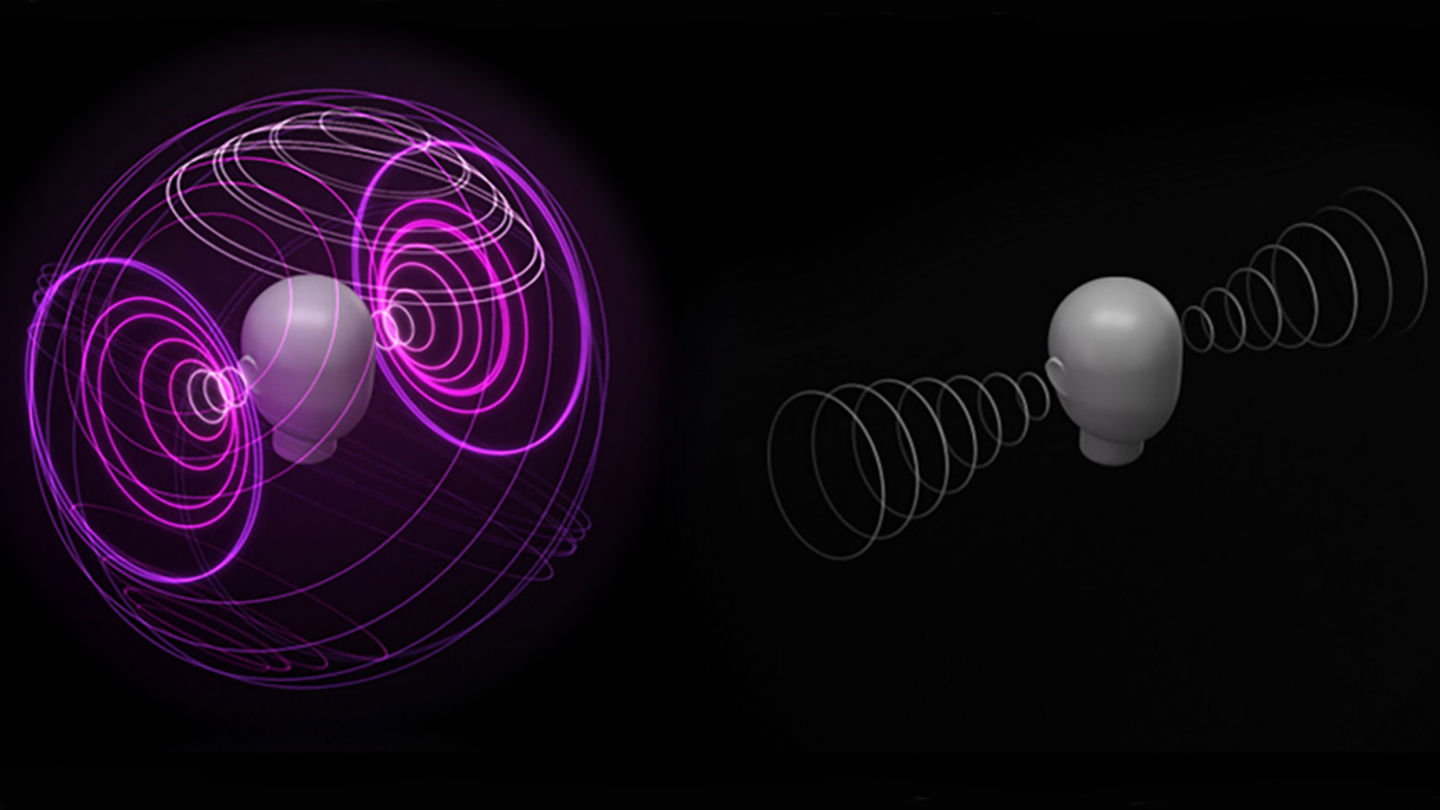Post-production (aka post) has evolved dramatically – afrom the days of “we’ll fix it in post” and having to fix everything that went wrong on set, to being a full partner in the creative process. New technology has redefined post’s role in movie making.
Niko Remus, a German post-production supervisor and head of studies for the APostLab workshop, talks to us about how new technology — Dolby Atmos in particular—has started a revolution in film sound, both creatively and commercially.
Post-production (aka post) has evolved dramatically – afrom the days of “we’ll fix it in post” and having to fix everything that went wrong on set, to being a full partner in the creative process. New technology has redefined post’s role in movie making.
Niko Remus, a German post-production supervisor and head of studies for the APostLab workshop, talks to us about how new technology — Dolby Atmos in particular—has started a revolution in film sound, both creatively and commercially.




